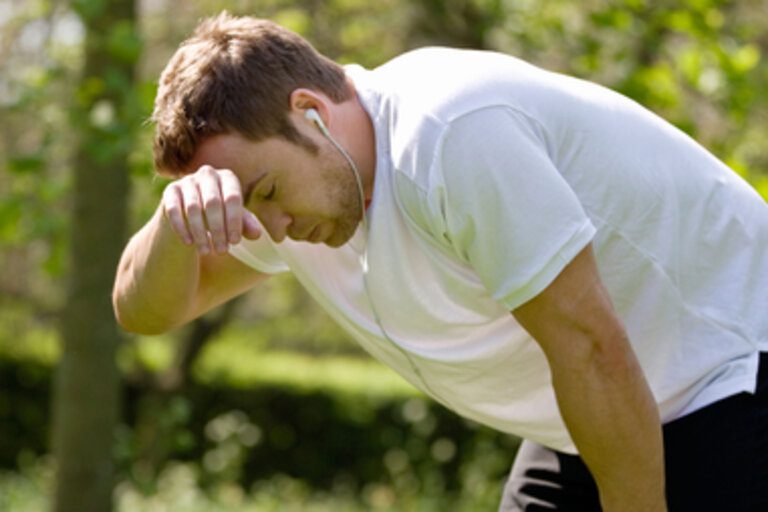
Heat Stroke A Silent Threat in the Summer Months
“Heat Stroke A Silent Threat in the Summer Months” As the summer sun blazes overhead and temperatures soar, millions of people eagerly embrace outdoor activities and soak up the warmth of the season. But amidst the excitement and joy, there lurks a silent threat heat stroke. Often underestimated and overlooked, heat stroke can strike anyone, anywhere, with devastating consequences. In this article, we delve into the reality of this silent threat and explore how to stay safe during the sweltering summer months.
The Reality of Heat Stroke:
Imagine a typical summer day at the beach families frolicking in the waves, children building sandcastles, and sunbathers soaking up the rays. Yet, amidst the laughter and chatter, someone quietly succumbs to the stifling heat, their body unable to cope with the relentless onslaught of high temperatures. This is the harsh reality of heat stroke a potentially life-threatening condition that claims thousands of lives each year, often without warning.
Heatstroke signs and symptoms include:
Recognizing the Signs:
Heat stroke can manifest suddenly and without warning, making it essential to recognize the warning signs before it’s too late. From throbbing headaches and dizziness to rapid heartbeat and confusion, the symptoms of heat stroke can vary but should never be ignored. It’s crucial to listen to your body and seek shade and hydration at the first sign of trouble.
Adults older than 65 and infants are particularly vulnerable to heatstroke. So are people who exercise or have physically demanding jobs that take place outdoors in hot, humid weather. However, anyone can get heatstroke, so it’s important to know the symptoms.
Symptoms:
High body temperature: A core body temperature of 104 F (40 C) or higher, obtained with a rectal thermometer, is the main sign of heatstroke.
Altered mental state or behavior: Confusion, agitation, slurred speech, irritability, seizures and coma can all result from heatstroke.
Flushed skin: As your body temperature rises, you could have red skin.
Rapid breathing: You can start breathing shallowly and quickly.
Fast Heartbeat: Your pulse may significantly increase because heat stress places a burden on your heart to help cool your body.
Nausea and vomiting: You may feel sick to your stomach or vomit.
Headache: You Feel a Headache
Causes:
Heatstroke is typically caused by being in a very hot and muggy environment. You run a higher risk if you consume alcohol, do not drink enough water, or wear bulky or dark clothing in a hot climate.
Type 1 and type 2 diabetes are two medical diseases that may make you more susceptible to heatstroke.
Age is a risk factor but not a cause. Babies and adults over 65 have a harder time controlling their body temperature internally. If overheating occurs, this may render people in these age ranges more vulnerable to heatstroke.
Overheated indoor environments may be more conducive to heatstroke in elderly persons than outside ones. You can prevent this situation by installing fans and air conditioning, or by going to cooling centers.
Prevention is Key:
While heat stroke may seem like an unavoidable hazard of summer, there are steps we can take to reduce the risk and stay safe in the heat. Hydration is paramount, so be sure to drink plenty of water throughout the day, even if you don’t feel thirsty. Wearing loose, breathable clothing and seeking shade during the hottest hours of the day can also help keep your body temperature in check. And don’t forget the sunscreen protecting your skin from sunburn not only prevents uncomforts but also reduces the risk of heat-related illnesses.
Stay Vigilant, Stay Safe:
As we embrace the joys of summer, let’s not forget the importance of staying vigilant against the silent threat of heat stroke. Whether you’re spending a day at the beach, hiking in the mountains, or simply enjoying a picnic in the park, be mindful of the signs of heat exhaustion and take proactive steps to stay cool and hydrated. And if you or someone you know begins exhibiting symptoms of heat stroke, don’t hesitate to seek medical attention it could save a life.
Heat Stroke A Silent Threat in the Summer Months In the midst of summer’s splendor, let’s not underestimate the silent threat of heat stroke. By recognizing the warning signs, taking preventive measures, and staying vigilant in the face of rising temperatures, we can all enjoy a safe and memorable summer season. So go ahead, embrace the warmth of the sun, but do so responsibly, and remember – when it comes to heat stroke, awareness is the first line of defense.